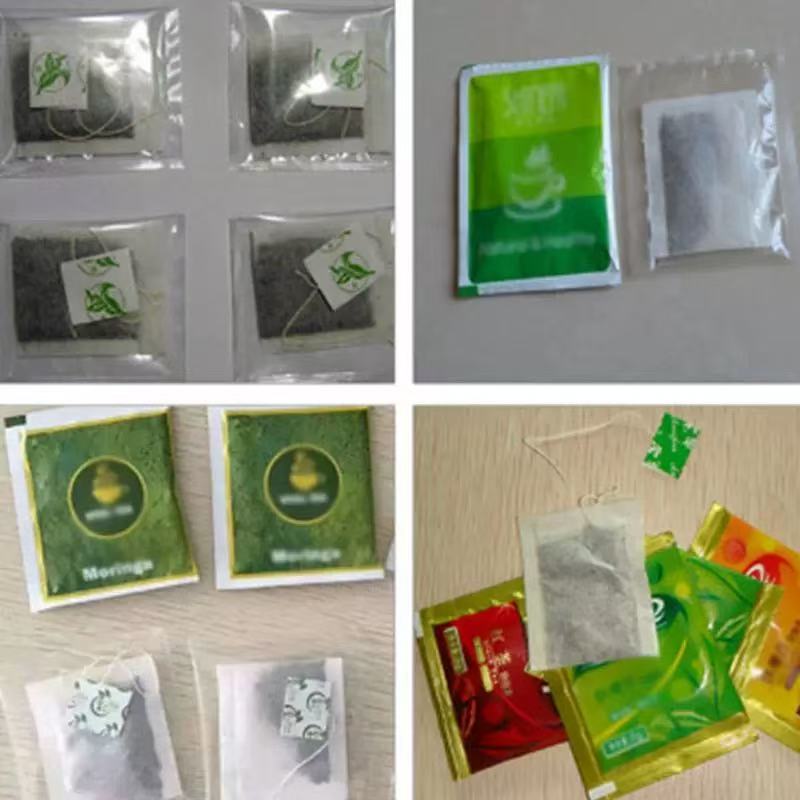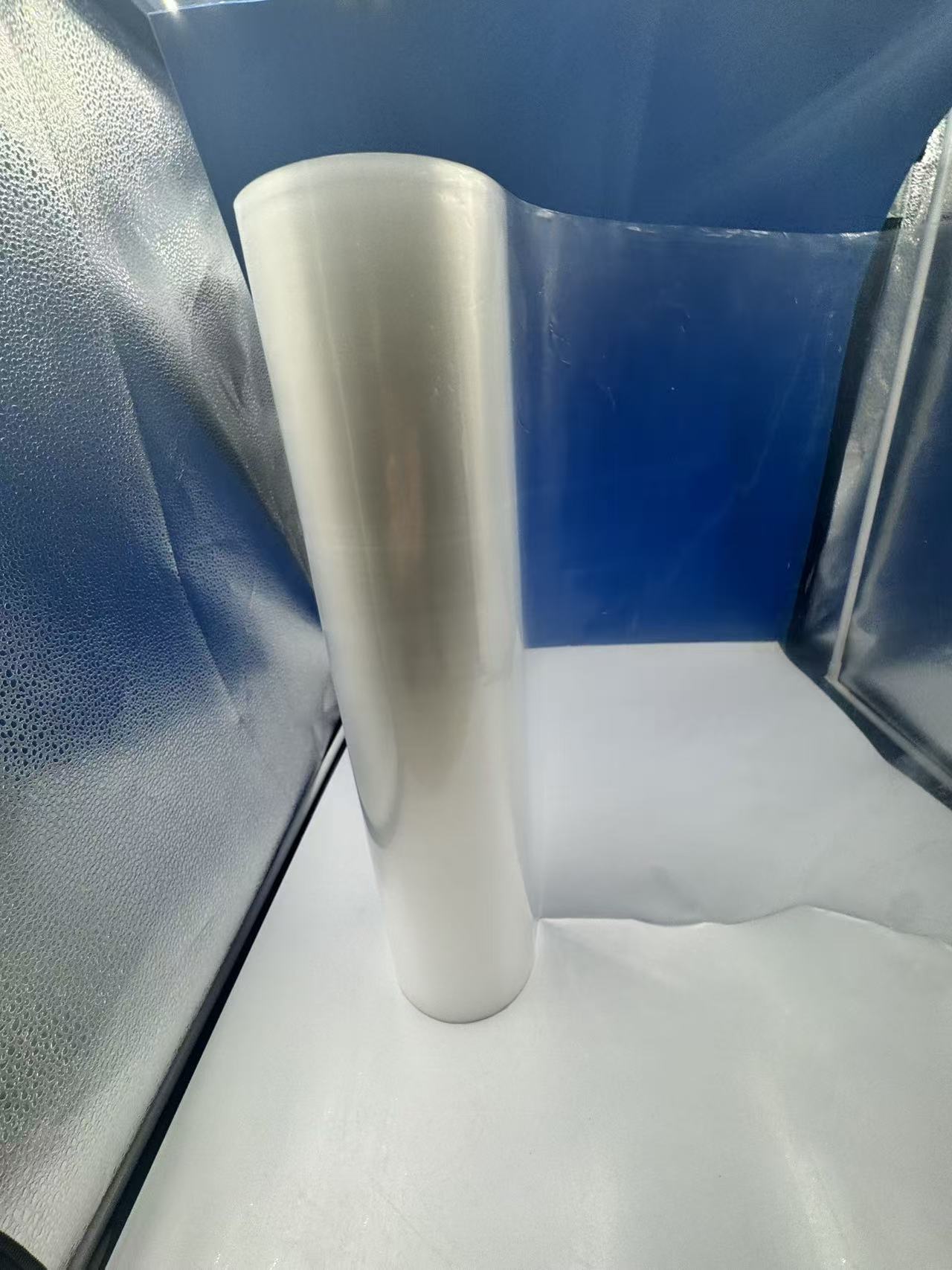
CPP Transparent Film: The Invisible Guardian That Makes Packaging Breathe, Seal, and Shine
2025-11-24 14:45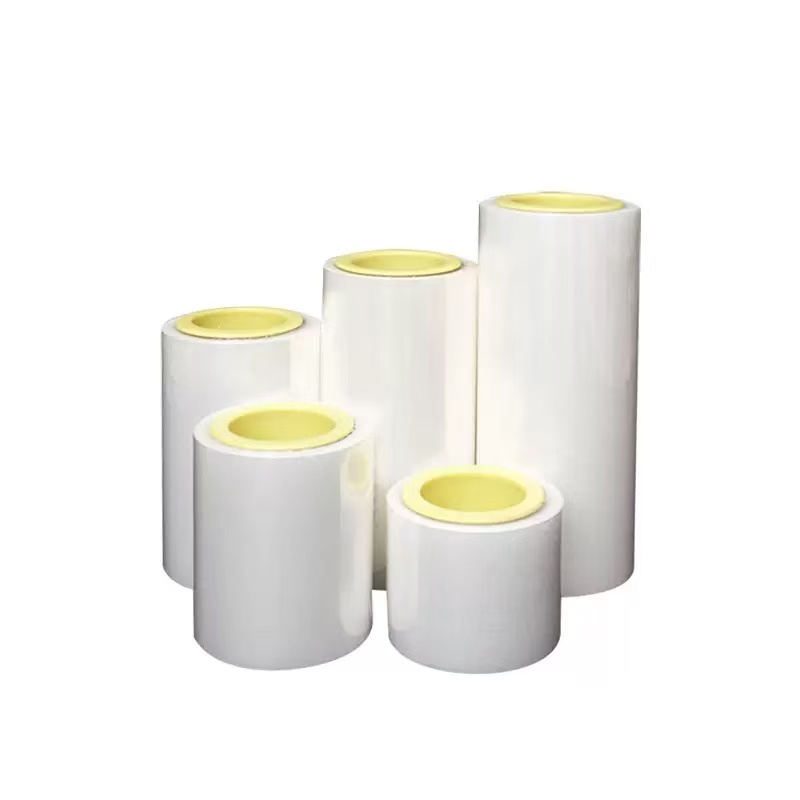
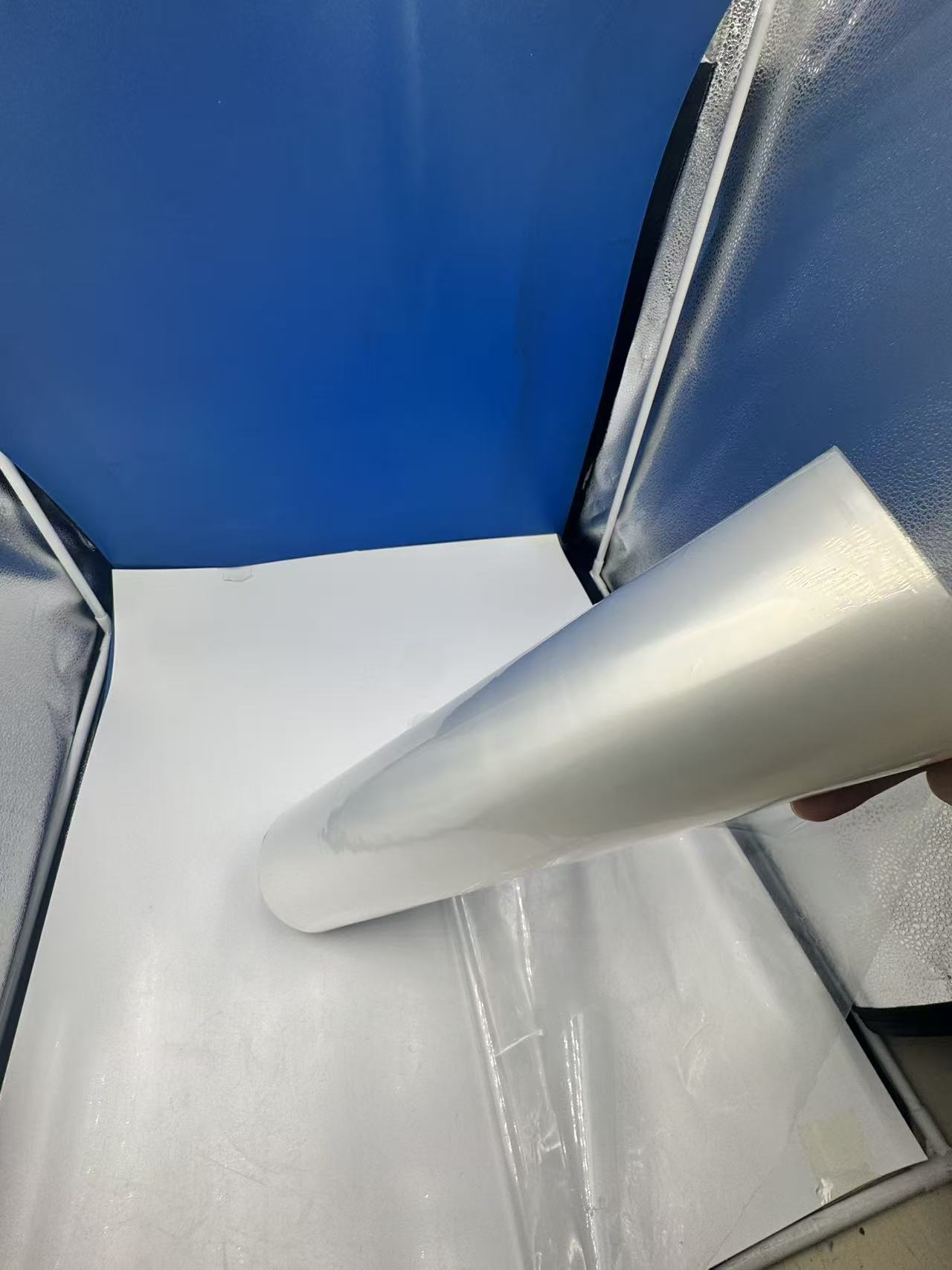 1. Fundamental Properties That Set Transparent CPP Apart
1. Fundamental Properties That Set Transparent CPP ApartExceptional optical clarity
Non-oriented cast structure and low crystal size yield haze values routinely below 2.0% and gloss above 90%. In many applications, CPP is visibly clearer than LDPE and approaches the sparkle of PET or BOPA.Widest sealing range in the polyolefin family
Normal homopolymer CPP initiates sealing at 105–110 °C and gives hermetic seals from 115 °C all the way to 160 °C without burning through. Low sit (seal-initiation-temperature) grades using metallocene catalysts start sealing reliably at 85–95 °C — a property unmatched by BOPP or PE.Outstanding hot-tack strength
Immediately after the sealing jaws open, hot-tack values of 300–800 g/15 mm allow high-speed vertical form-fill-seal (VFFS) lines to drop heavy fills (rice, frozen dumplings, liquids) without seal creep or bursting.Excellent tear and puncture resistance
Elmendorf tear strength of 400–800 g (MD) and Dart impact strength >800 g at 50 µm make CPP far tougher than LDPE of similar thickness.Controlled water-vapor and gas transmission
Plain CPP has WVTR around 8–12 g/m²·24 h at 38 °C/90% RH and OTR 1200–1800 cm³/m²·24 h·atm — higher than BOPP but ideal for products that need to breathe (fresh vegetables, bakery, cheese).Food-contact compliance worldwide
Homopolymer and random copolymer grades meet FDA 21 CFR 177.1520, EU 10/2011, China GB 9685, and Japan JHOSPA standards with migration limits far below regulatory ceilings.
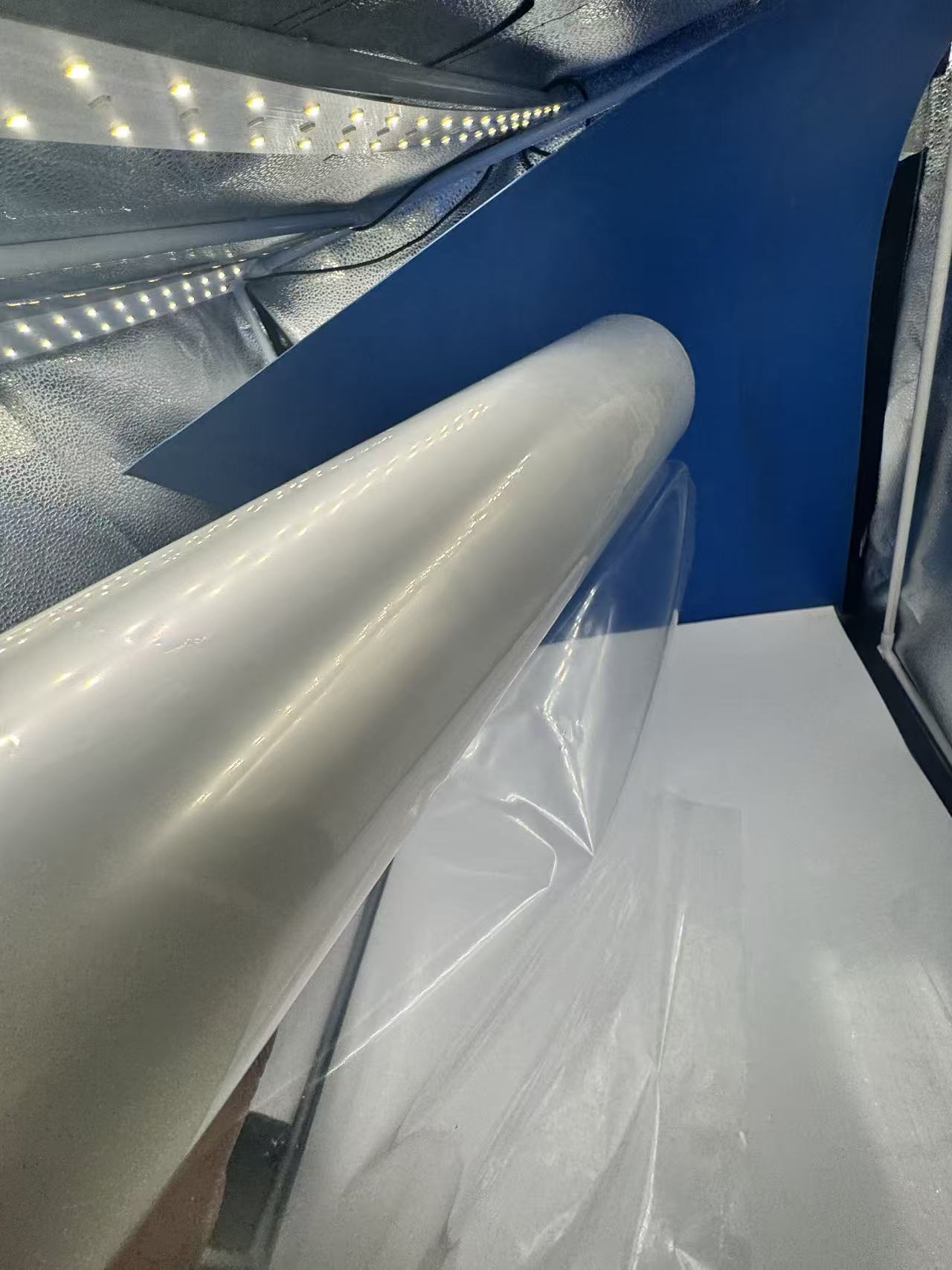 2. Fresh Produce and Bakery: Where Clarity and Breathability Are Non-NegotiableWalk through any supermarket produce aisle and you will see roll after roll of transparent CPP micro-perforated bags keeping lettuce crisp, cherries plump, and mushrooms free of condensation. The moderate permeability of CPP allows just enough CO₂ and ethylene to escape while retaining humidity — extending shelf life by days compared to non-breathable films.High-speed horizontal flow-wrap lines for croissants, baguettes, and sandwich loaves rely on 25–40 µm transparent CPP because it seals through flour dust and butter contamination that would cripple BOPP. The low sealing temperature also prevents the delicate “skin” of freshly baked goods from being damaged by excessive heat.3. Retort and Hot-Fill Applications: The Toughest Transparent CPP GradesOne of the greatest success stories of the past two decades has been the development of high-performance retort-grade transparent CPP. By incorporating 4–8% ethylene random copolymer and special anti-blocking additives, manufacturers created films that withstand 121–135 °C sterilization for 30–60 minutes without haze increase, blocking, or loss of seal integrity.Ready-to-eat curry, stew, baby food pouches, and even whole chestnuts in retort trays now use 80–120 µm transparent retort CPP as the inner sealant layer in PET/PA/CPP or OPA/CPP laminates. After sterilization, the packages remain glass-clear, allowing consumers to see the actual food color — a powerful marketing advantage over opaque foil structures.Medical device manufacturers also adopted thick 150–250 µm transparent retort CPP for large-volume infusion bags and pre-filled syringes because it survives steam sterilization while remaining flexible at refrigeration temperatures.
2. Fresh Produce and Bakery: Where Clarity and Breathability Are Non-NegotiableWalk through any supermarket produce aisle and you will see roll after roll of transparent CPP micro-perforated bags keeping lettuce crisp, cherries plump, and mushrooms free of condensation. The moderate permeability of CPP allows just enough CO₂ and ethylene to escape while retaining humidity — extending shelf life by days compared to non-breathable films.High-speed horizontal flow-wrap lines for croissants, baguettes, and sandwich loaves rely on 25–40 µm transparent CPP because it seals through flour dust and butter contamination that would cripple BOPP. The low sealing temperature also prevents the delicate “skin” of freshly baked goods from being damaged by excessive heat.3. Retort and Hot-Fill Applications: The Toughest Transparent CPP GradesOne of the greatest success stories of the past two decades has been the development of high-performance retort-grade transparent CPP. By incorporating 4–8% ethylene random copolymer and special anti-blocking additives, manufacturers created films that withstand 121–135 °C sterilization for 30–60 minutes without haze increase, blocking, or loss of seal integrity.Ready-to-eat curry, stew, baby food pouches, and even whole chestnuts in retort trays now use 80–120 µm transparent retort CPP as the inner sealant layer in PET/PA/CPP or OPA/CPP laminates. After sterilization, the packages remain glass-clear, allowing consumers to see the actual food color — a powerful marketing advantage over opaque foil structures.Medical device manufacturers also adopted thick 150–250 µm transparent retort CPP for large-volume infusion bags and pre-filled syringes because it survives steam sterilization while remaining flexible at refrigeration temperatures.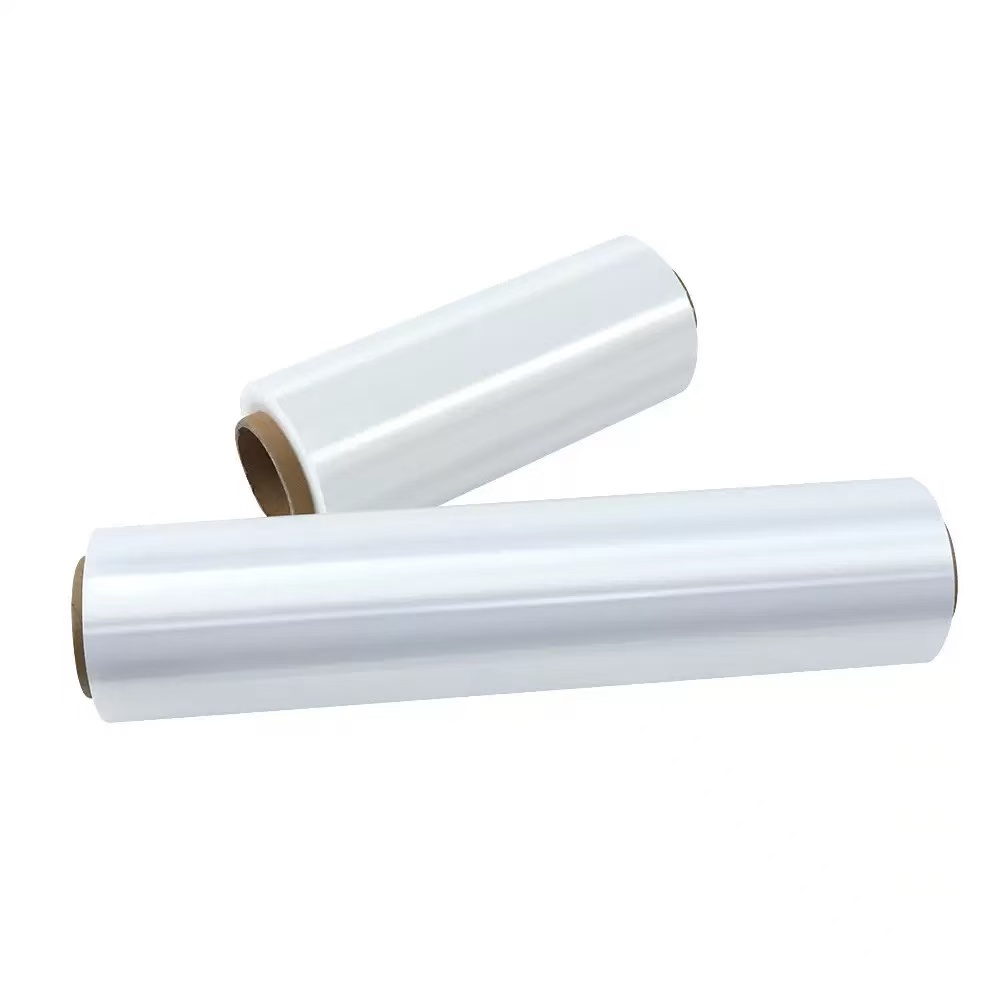 4. Lamination Partner of Choice for Stand-Up Pouches and High-Barrier PackagingIn a typical high-barrier stand-up pouch, transparent CPP almost always serves as the sealant layer because:
4. Lamination Partner of Choice for Stand-Up Pouches and High-Barrier PackagingIn a typical high-barrier stand-up pouch, transparent CPP almost always serves as the sealant layer because:It seals reliably to itself and to ionomer or metallocene PE layers at line speeds exceeding 300 pouches/min.
Its high hot-tack supports heavy fills (pet food, detergents, rice).
It contributes virtually zero odor or taste — crucial for coffee, spices, and baby food.
It maintains flexibility down to –40 °C, preventing cracking during cold-chain distribution.
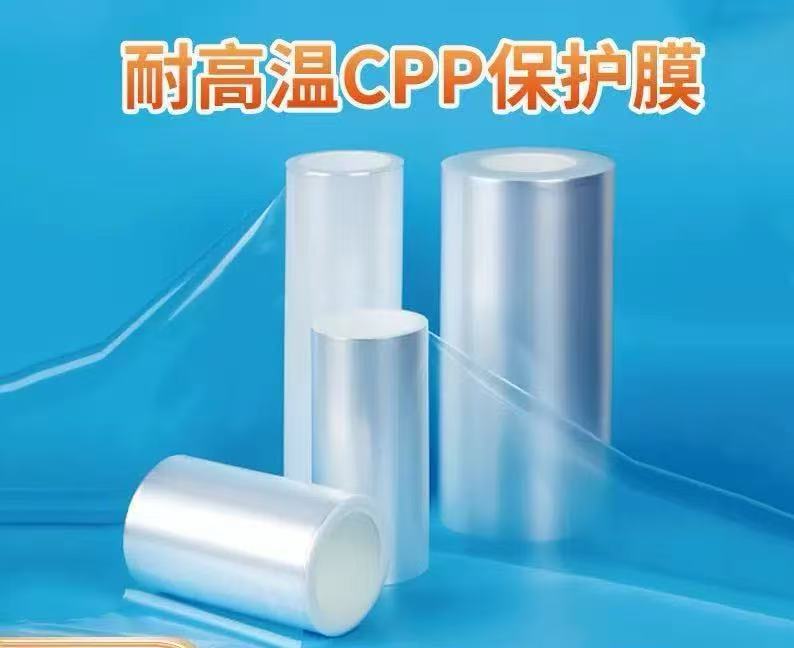 6. Stationery, Garment, and Graphic Arts LaminationBeyond food, transparent CPP dominates several non-food markets:
6. Stationery, Garment, and Graphic Arts LaminationBeyond food, transparent CPP dominates several non-food markets:Book covers and textbook lamination: 20–30 µm gloss CPP provides scuff resistance and clarity superior to LDPE at similar cost.
Garment bags and shirt inserts: Anti-static and low-sealing grades prevent static cling on synthetic fabrics.
Photo album and menu covers: Thermal lamination grades bond permanently to printed paper at 90–110 °C without bubbles or haze.
Ultra-low SIT CPP (sealing from 70–80 °C) for heat-sensitive frozen dough and chocolate.
Matte CPP with surface haze 60–80% for premium “soft-touch” pouches.
Anti-fog CPP for fresh-cut salad and hot-food take-out lids that stay crystal clear even when refrigerated then microwaved.
High-stiffness CPP using homo-polymer core layers for thinner gauges in VFFS snack bags (reducing material by 15–20% while maintaining machinability).
ISCC Plus certified mass-balance bio-circular grades using tall oil or UCO-derived propylene.
Mono-material PE/CPP or full-PP structures designed for mechanical or chemical recycling streams.
Post-consumer recycled CPP content up to 30–40% in non-food applications while maintaining optical and sealing performance.
